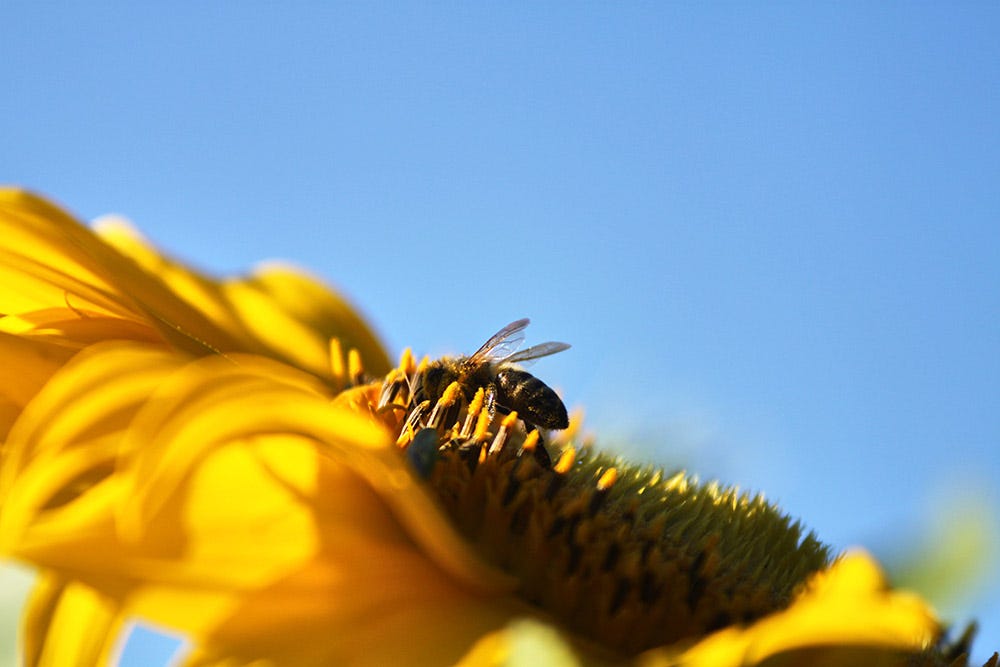
Herbaceous perennials die down in autumn – easily trimmed back with secateurs – ready to bounce back once warmer spring temperatures return. Evergreen perennials can survive the changing seasons, so you never see dull, bare soil. The more tender perennials should be brought under cover over winter to protect them from frost. Mix and match any perennial combination to suit your mood, location and soil type.
1. Verbena bonarienis
Featuring tight clusters of small, purple flowers, oblong leaves and erect stems, verbena bonarienis is an herbaceous perennial. It can reach 2m, bringing height to your border, and works especially well paired with flowing grasses.
-
Flowers from summer through to autumn.
-
Prefers moist, well-drained soil.
-
Deadhead in the autumn if you're not saving its seeds.
-
Prune old growth in spring.
2. Crocosmia
The dazzling orange, red or yellow blooms of this herbaceous perennial arrive later in summer and can stay around for several months. It all starts with lush, lance-shaped leaves that push up from bulb-like corms once spring takes hold.
-
From 60cms to 1.5m – happy in sun or part-shade.
-
An elegant cut flower that brightens any interior.
-
Divide clumps every three to five years for stronger flowering.
-
May need some root protection in colder regions over winter.
3. Hellebores
The beauty of the winter/early spring flowering hellebore isn't just in its soft, gently nodding blooms from white and green through to pinks and purples. It's in the lush leaves of this mainly evergreen perennial that last all year.
-
Compact up to 60cms – easy to grow – happiest in light shade.
-
Trim back older leaves to boost growth.
-
Popular with bumblebees when other flower pollens are scarce.
-
Treat hellebores to an annual mulch of compost or well-rotted manure.
4. Red hot pokers - Kniphofia
The stunning blooms of this evergreen perennial explode between March and November – originally an import from South Africa. Alongside the ever-popular red and red/orange types, take your pick from yellows, greens, browns and pinks.
-
Up to 1.2m high – prefers full sun in well-drained soil.
-
Tidy up old growth as warmer spring weather comes.
-
Grow smaller varieties in containers with regular summer watering.
-
Deadhead once flowering is over.
5. Pelargoniums
Also known simply as geraniums (not to be confused with perennial geraniums), this tender perennial comes in vibrant colours, as well as sophisticated creams and whites. Upright varieties are perfect for patios, with ivy-leafed trailing varieties ideal for hanging baskets or a 'green wall'.
-
Great for cultivating that warm Mediterranean look.
-
Take care not to over-water.
-
Bring indoors over winter as pelargoniums can't handle frost.
-
Propagate with softwood cuttings from spring through to autumn.

Sunflowers are one of the easiest ways to make a bright, bold statement in your garden. Growing them from seed is simple too, so they’re ideal ‘first plants’ for children. This guide takes you through how to grow sunflowers successfully.
